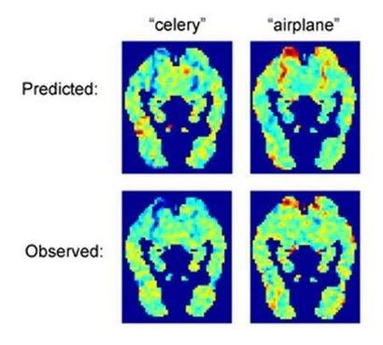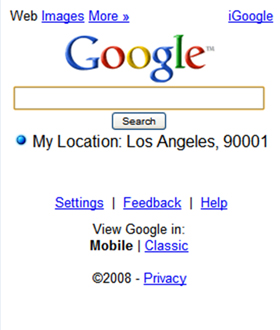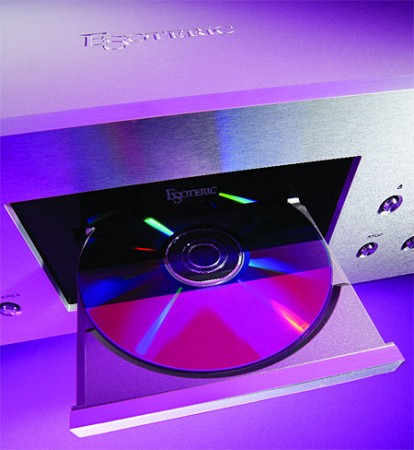
The predicted fMRI images for celery and airplane show significant similarities with the observed images for each word. Red indicates areas of high activity, blue indicates low activity. A computer has been trained to “read” people’s minds by looking at scans of their brains as they thought about specific words, researchers said on Thursday.
REUTERS/Carnegie Mellon University/Handout
__________________________________________________________________________________________
A computer has been trained to “read” people’s minds by looking at scans of their brains as they thought about specific words, researchers said on Thursday.
They hope their study, published in the journal Science, might lead to better understanding of how and where the brain stores information.
This might lead to better treatments for language disorders and learning disabilities, said Tom Mitchell of the Machine Learning Department at Carnegie Mellon University in Pittsburgh, who helped lead the study.
“The question we are trying to get at is one people have been thinking about for centuries, which is: How does the brain organize knowledge?” Mitchell said in a telephone interview.
“It is only in the last 10 or 15 years that we have this way that we can study this question.”
Mitchell’s team used functional magnetic resonance imaging, a type of brain scan that can see real-time brain activity.
They calibrated the computer by having nine student volunteers think of 58 different words, while imaging their brain activity.
Read moreComputer trained to “read” mind images of words





